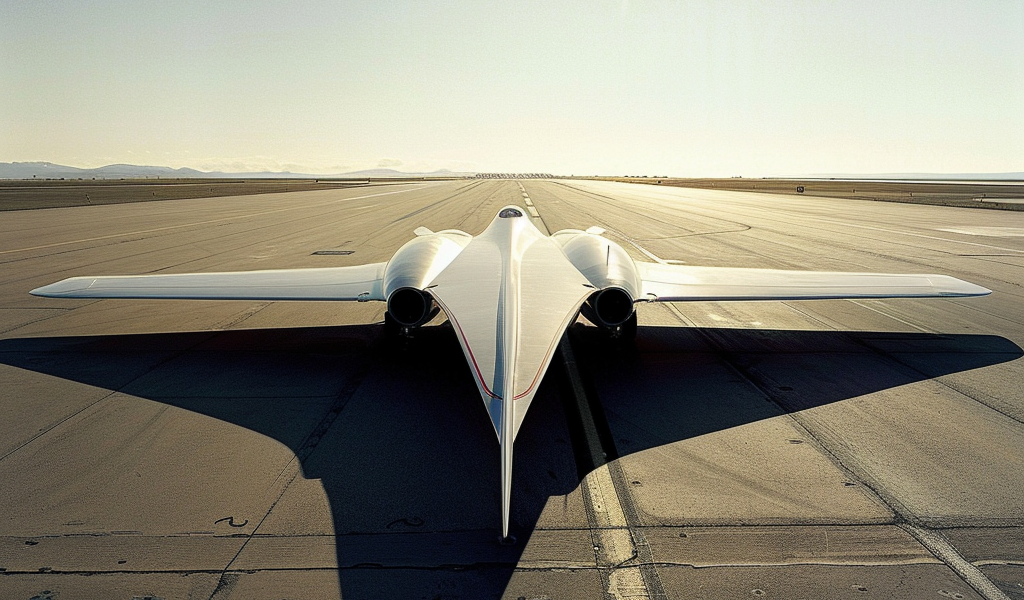March 24, 2024
Watch: The Ingenious Reason Aircraft Fuel is Stored in Its Wings
The decision to store an aircraft’s fuel in its wings is not arbitrary but rather a strategic choice that optimizes space utilization, enhances stability, and improves overall economics. Modern aircraft designers have consistently favored this approach for several compelling reasons. Read on to know:
The strategic decision to store an aircraft’s fuel in its wings is driven by multiple factors that optimize space utilization, enhance stability, and improve overall economics. Modern aircraft designers consistently favor this approach due to its numerous advantages. Firstly, wings offer ample space that remains unused for storage, making them ideal locations for fuel tanks. An aviation expert has recently shared the details on social media, which is currently garnering everyone’s attention. Watch:
Additionally, since wings are responsible for generating lift, storing fuel in them brings a significant portion of the weight closer to the source of lift, reducing strain on the fuselage and ensuring a more even distribution of load across the airframe. This arrangement also allows for better utilization of available cargo space within the fuselage. Furthermore, full fuel tanks in the wings enhance the rigidity of the aircraft during takeoff, providing stability and balancing the weight distribution.
Certain aircraft wing designs even incorporate flexing capabilities to improve aerodynamic stability and reduce drag, such as the Boeing 787 Dreamliner. Fuel tanks within the wings are typically subdivided by baffles, rigid partitions with small holes to prevent fuel sloshing during flight, ensuring safety and stability.
While storing fuel in the wings is common practice, there are outliers such as certain Airbus A320 models that can load fuel tanks in the cargo hold. Future developments, such as hydrogen-powered aircraft like Airbus’ ZEROe concepts, may introduce changes in fuel storage, with proposals for liquid hydrogen storage units located in innovative positions like behind the rear pressure bulkhead or underneath the wings in blended-wing-body designs.
Overall, the decision to store aircraft fuel in the wings offers a combination of practicality, efficiency, and safety, aligning with the evolving needs and innovations in aviation technology.
Tags: aircraft, aircraft designers, aircraft fuel, fuel, PunePulse, wings
Meta’s Instagram Experiences Widespread Outage, Thousands of Users Affected
March 22, 2024
Dogs Meet Robot : A Surprising Encounter at IIT Kanpur’s Tech Fest
March 23, 2024





